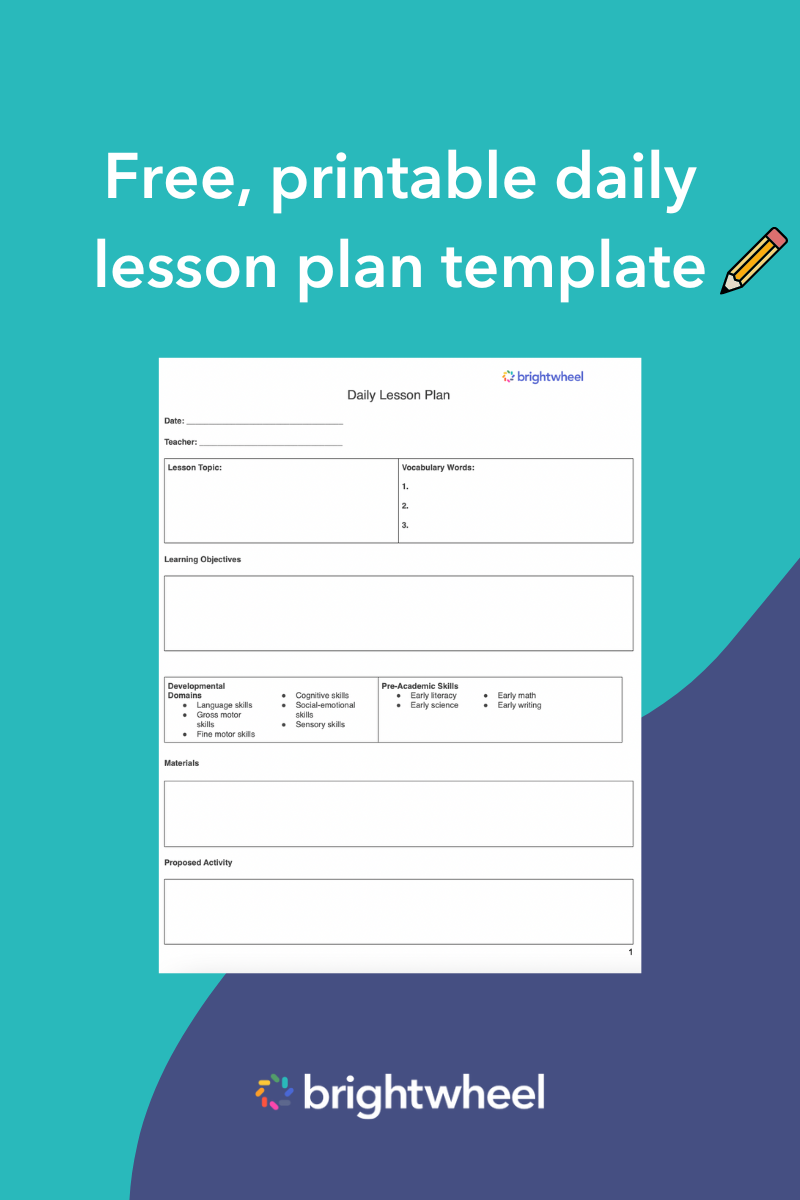“One, two, three…,” “ten, nine, eight…,” “two, four, six…”
It’s always amazing to watch young children learn to recite their numbers in order. Often, this feels more like a memory exercise than a “counting” one.
But in fact, this practice—called rote counting—is a highly important skill that is vital to children’s overall development and their understanding of important math concepts that they’ll learn later in life.
What is rote counting?
Rote counting is the ability to recite numbers, in the correct order, from memory. This process typically starts with children counting in sequential order starting at one (e.g., one, two, three), but it can also include more difficult sequences, such as counting in reverse, starting from a random number, or counting by different amounts, like twos (e.g., four, six, eight) or fives (e.g., ten, fifteen, twenty).
Although the term includes “counting” in its name, children who are rote counting aren’t deciphering a number of items when practicing. Instead, they’re mastering their understanding of number sequences, which can lay the foundation for other important math skills like adding and subtracting, counting money, telling time, and more.

What is the difference between rote counting and rational counting?
Practicing rote counting is different than rational counting. With rational counting, children allocate numbers to objects as they count to determine an amount. This might include how many toes are on their feet or how many cookies are on their plate.
Rote counting is a great building block for rational counting, as understanding the order and sequence of numbers can help children more accurately determine the quantities of objects they’re observing. For example, if a child is counting the number of fingers on their left hand, their sequence should include “one, two, three, four, and five,” allowing them to determine if they have five fingers on their hand. Without proper rote counting skills, the child may miscount or skip a number altogether in the sequence.
Rote counting can also serve as a precursor for other important skills, like one-to-one correspondence, which involves a child’s ability to count in ascending order while touching or grouping objects together. With one-to-one correspondence, children learn to assign just one number to each individual object they’re counting, like determining how many crayons are in the crayon box. Once again, children need to understand the order of numbers to correctly identify the number of objects they’re counting.
How to teach rote counting
It’s important to remember that rote counting is, first and foremost, a memory exercise. Like all memory exercises, practice and repetition are key to success. The simplest way to teach rote counting is by saying numbers out loud in ascending order and having children repeat or count along with you.
You can also teach with counting songs or by incorporating everyday actions and objects for children to count along to. For example, children can count how many steps it takes to walk from one side of the classroom to the other.
When learning rote counting, many children learn to count up to ten and repeat this sequence repeatedly. When teaching children to rote count, practice going higher than ten. Even if children can’t count past ten yet, hearing higher numbers repeated over time will eventually help them progress their rote counting abilities.
For early childhood educators, a tool like brightwheel’s lesson plan feature can help you incorporate rote counting lessons into your curriculum, all aligned with your state’s early learning standards.
Rote counting activities
If you’re looking for impactful rote counting lessons or other math activities for your children, here are some options to consider:
Singing songs
Songs are a simple and fun way to engage young children and teach important concepts. Songs like One, Two, Buckle My Shoe, Five Little Ducks, or Once I Caught a Fish Alive are a few examples of songs that allow children to rote count as they sing along.
Sorting objects
Having children count objects as they place them into a container is a great way to practice rote counting and teaches one-to-one correspondence. Children can count objects like cotton balls or toys as they sort them and then have fun dumping them out and starting over again.
Playing hopscotch
Games like hopscotch make learning more active. Children can practice rote counting as they hop from number to number in an ordered sequence. Parents or educators can increase the difficulty by writing numbers in a different sequential order (such as by numbering the boxes by twos or starting at a number other than one) or by having children hop forwards and then back along the grid, counting as they go.
Playing hide and seek
Hide and seek is another fun game that parents and early childhood educators can play with children to help teach rote counting. The rules can require children who are the “seekers” to count in order before they begin. This can include counting from one to ten (or twenty), counting backward, counting by twos, etc. The goal is to ensure children count in the correct sequence before they’re allowed to begin.
Counting with silly voices
At the end of the day, practice and repetition are the best ways to build rote counting skills. But why count in a normal voice when children can practice in funny or silly voices? Give children a prompt (such as “countdown starting from twenty”) and a voice suggestion (like a ghost or a robot). Allow them to use their imagination as they practice repeating the numbers in the correct order. This activity can be for individual children or together as a group.
Conclusion
While rote counting is something children can begin learning at an early age, its benefits can’t be overstated. Rote counting sets the foundation for many important mathematical skills children use in early childhood and beyond. Remember that repetition is the key to success, but make practice fun by incorporating games and songs that will keep children engaged.



